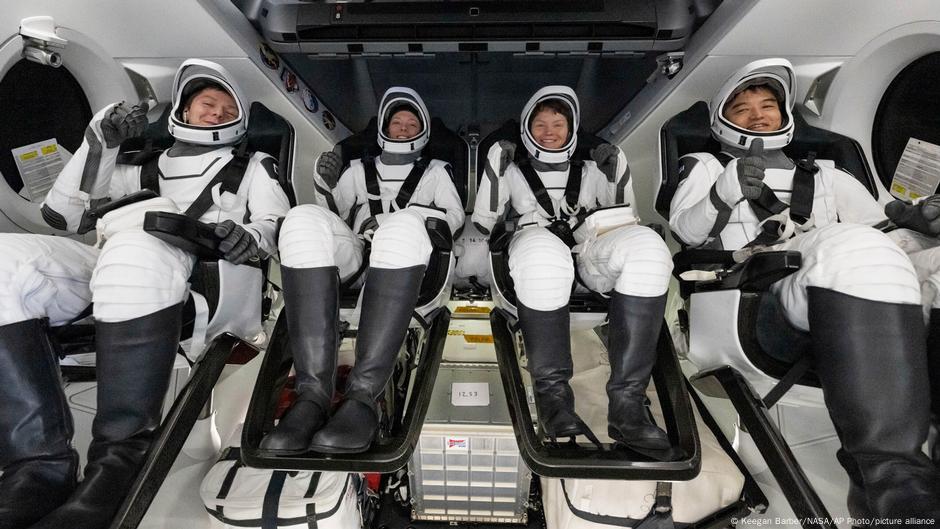NASA Astronauts Return to Earth After Five-Month ISS Mission

Overview of the Crew-10 Mission
The Crew-10 mission marked a significant milestone in space exploration as four astronauts returned to Earth after an extended stay aboard the International Space Station (ISS). The crew, consisting of US astronauts Anne McClain and Nichole Ayers, Japan's Takuya Onishi, and Russian cosmonaut Kirill Peskov, completed their journey on Saturday. They splashed down off the coast of California in the Pacific Ocean at 3:33 p.m. UTC/GMT, concluding an almost 18-hour trip from the ISS.
Upon splashdown, McClain, who served as the Dragon commander, expressed her gratitude, stating, "From the entire Crew-10, thank you. It was truly the ride of a lifetime." This return signifies the completion of NASA’s 10th commercial crew rotation, highlighting the agency’s ongoing efforts to maintain a continuous human presence in space.
Scientific Achievements During the Mission
During their 146-day stay on the ISS, the Crew-10 team conducted over 200 important and time-sensitive research experiments. These studies focused on various aspects of life in microgravity, including plant growth and cell behavior. The findings from these experiments contribute significantly to our understanding of how living organisms adapt to space environments, which is crucial for future long-duration missions.
The mission also involved replacing the previous crew, which included astronauts Barry "Butch" Wilmore and Sunita "Suni" Williams. These two were stranded aboard the ISS for nine months due to propulsion issues with their Boeing Starliner capsule. Eventually, they were safely brought back to Earth by a SpaceX capsule, marking a critical moment in spaceflight safety and emergency response protocols.
Transition and New Crew Members
Following the return of Crew-10, a new group of astronauts took their place on the ISS. US astronauts Zena Cardman and Mike Fincke, Japan's Kimiya Yui, and Russian cosmonaut Oleg Platonov began their six-month mission. This transition underscores the importance of maintaining a consistent human presence on the ISS for scientific research and international collaboration.
Wilmore, one of the previously stranded astronauts, recently retired after 25 years with NASA. His retirement marks the end of a distinguished career that contributed significantly to space exploration and the advancement of scientific knowledge.
Conclusion
The Crew-10 mission exemplifies the collaborative efforts between different nations and private space companies like SpaceX. It highlights the challenges and triumphs of space travel, as well as the importance of continued research in microgravity environments. As new crews take their places on the ISS, the legacy of previous missions continues to shape the future of space exploration. The success of these missions not only advances scientific understanding but also strengthens international partnerships in the pursuit of knowledge beyond our planet.

Comments
Post a Comment